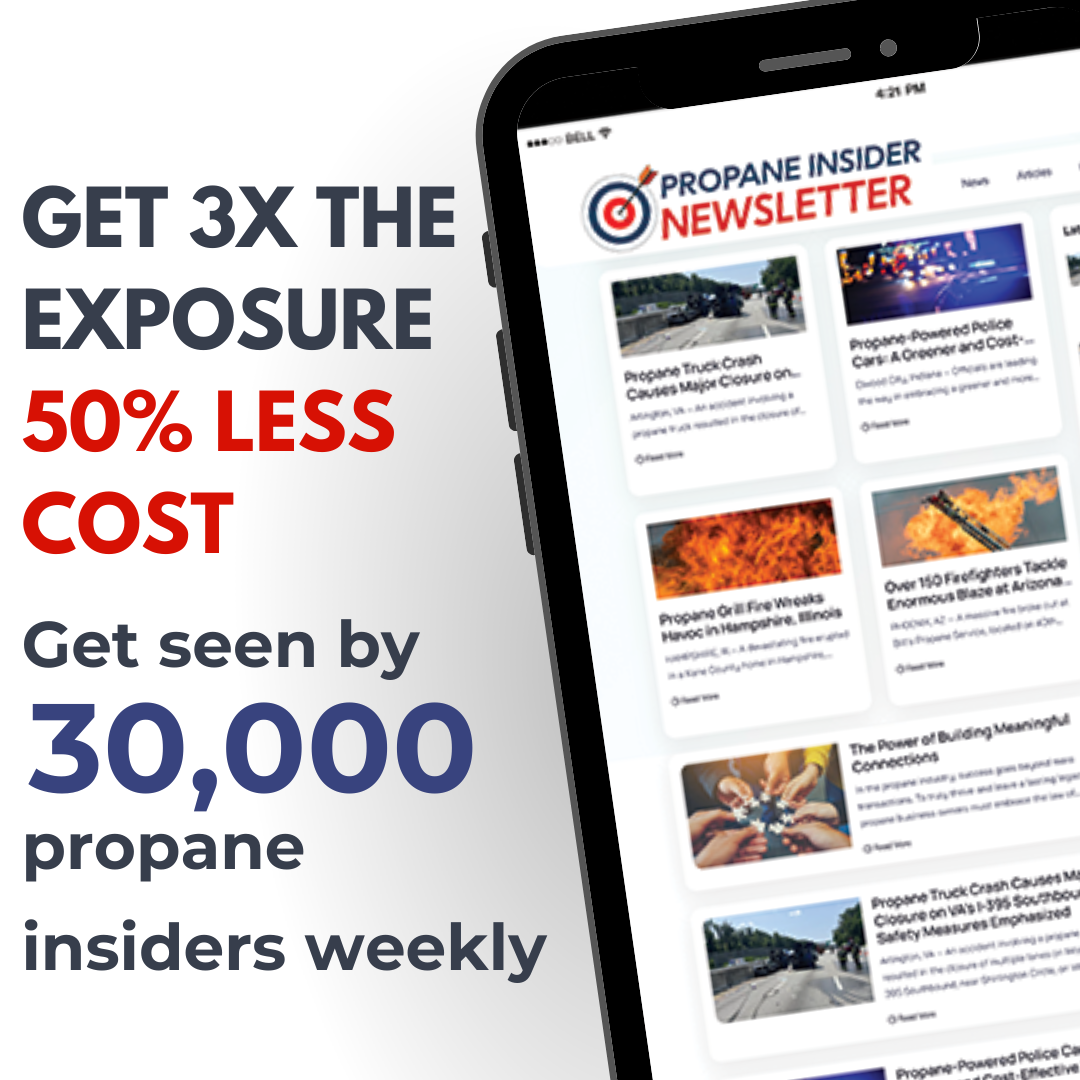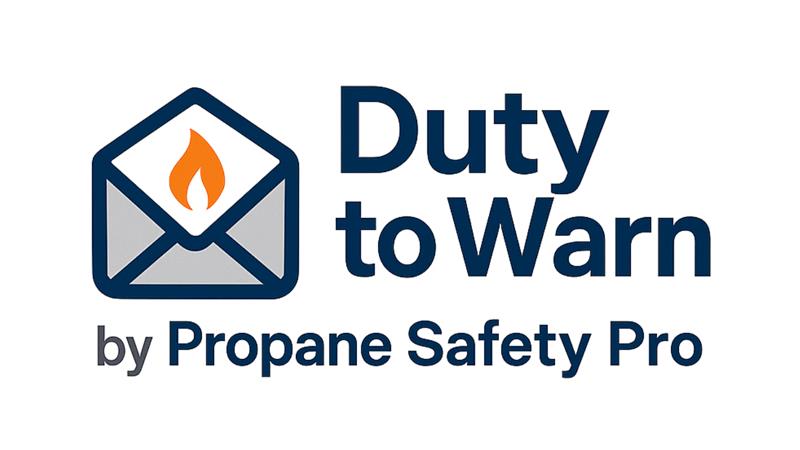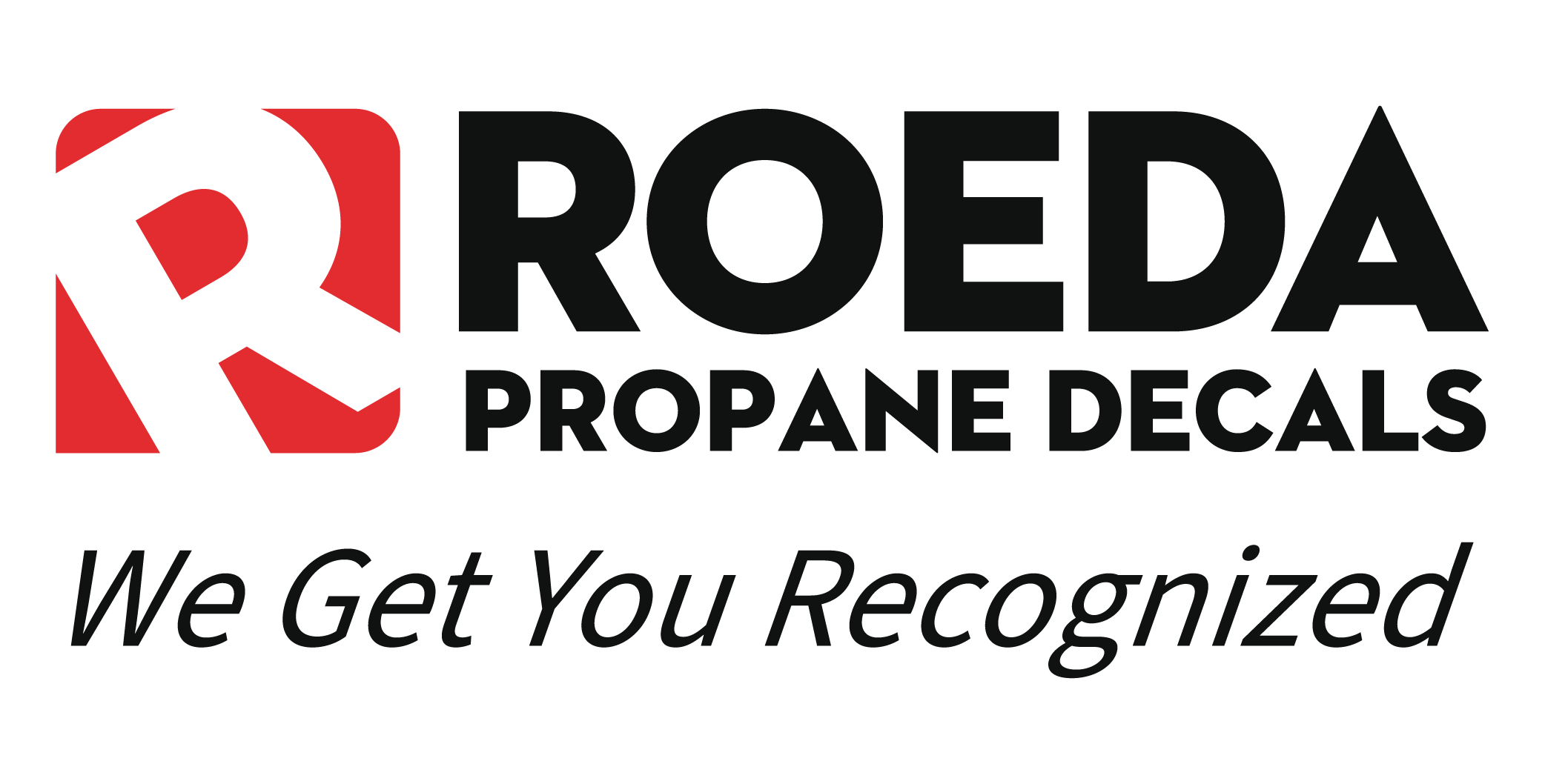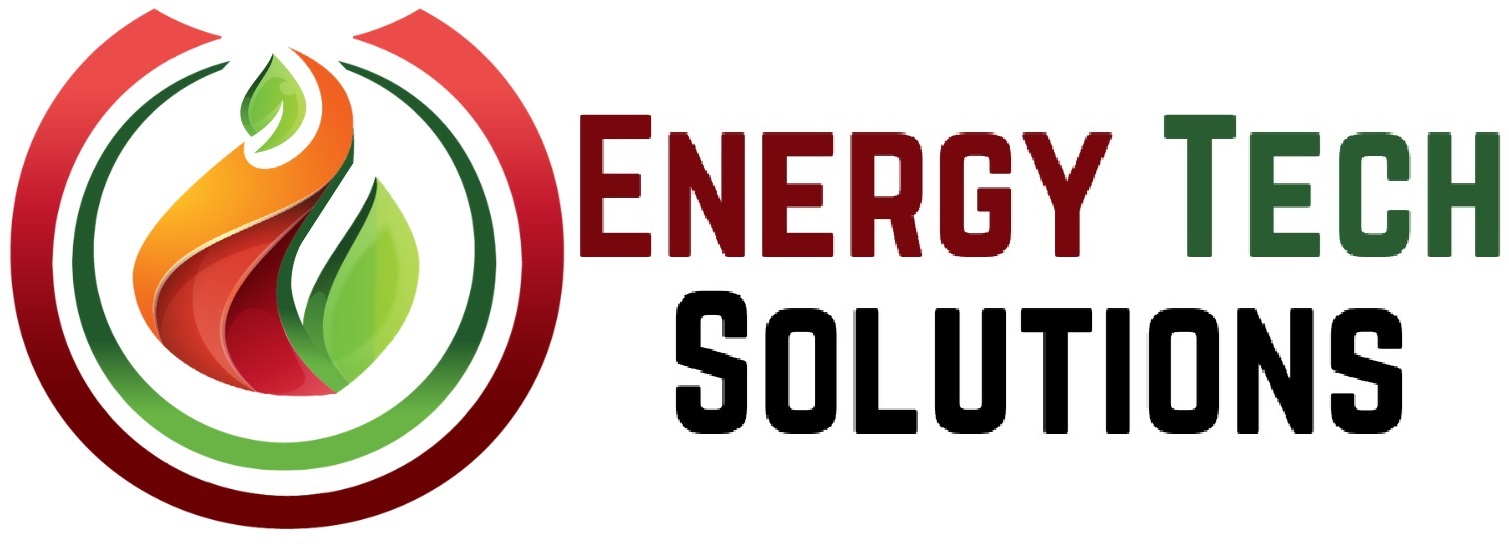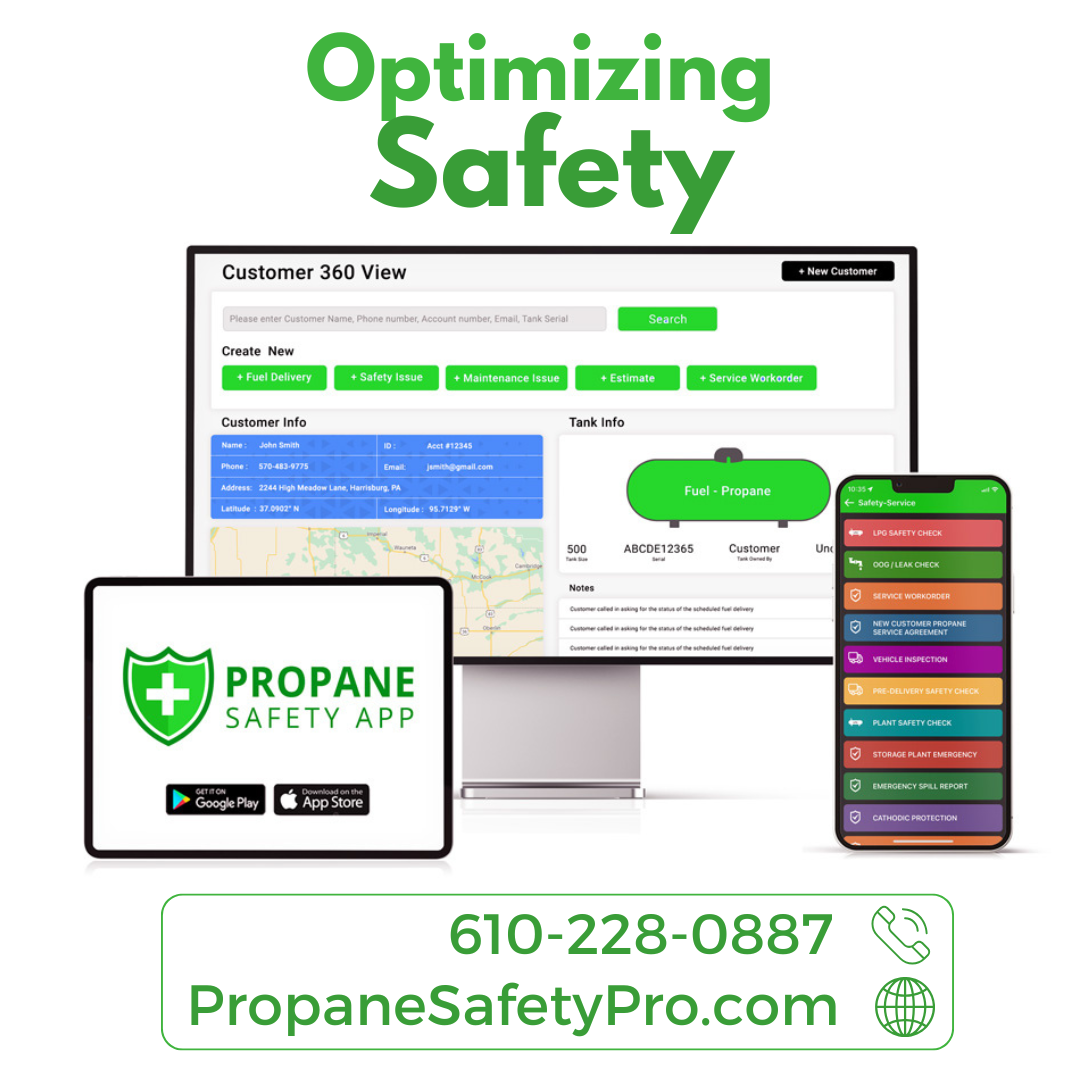Tensions Abroad, Ripples at Home: How the Iran-Israel War Could Impact the Propane Industry
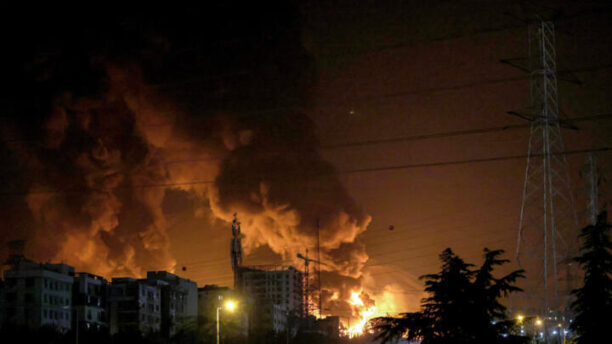
As the conflict between Iran and Israel escalates, industries across the globe are bracing for the ripple effects – energy markets most of all. While the United States does not import propane from either country, the war has already begun influencing the broader energy landscape. For propane businesses, retailers, and consumers, these geopolitical developments are more than just headlines; they may soon be felt in the supply chain, pricing, and market stability.
Oil Market Volatility Drives Propane Price Risk
The propane market is heavily influenced by the price of crude oil. With Iran being one of the world’s top oil producers and the threat of regional disruptions looming large, global oil prices are already responding to the uncertainty. When crude oil prices rise, propane prices often follow, even if domestic supply remains steady.
For propane distributors and marketers, this means the cost of product could increase with little warning, leading to tighter margins or necessary adjustments to pricing structures. It may also create confusion among consumers who aren’t aware of the global connections behind domestic propane pricing.
Global Supply Chain Pressures
The Strait of Hormuz, a critical shipping choke point in the Persian Gulf, has come under scrutiny due to its vulnerability in the event of full-scale conflict. Roughly 20% of the world’s oil flows through this narrow corridor along with a significant volume of liquefied petroleum gases (LPGs).
While U.S. propane is mostly transported domestically via rail, truck, and pipeline or exported via Gulf Coast terminals, disruptions in global logistics can raise costs across the board. If energy carriers are rerouted or delayed due to heightened maritime risk, the effects can cascade into shipping premiums, longer lead times, and uncertainty for exporters and importers alike.
Growing International Demand for U.S. Propane
As Middle Eastern production facilities face potential threats and buyers in Asia and Europe look for more stable suppliers, U.S. propane exports could spike. This added international demand may tighten domestic availability – particularly in the lead-up to colder seasons or in agricultural zones that rely heavily on propane.
Higher export volumes may benefit suppliers but also pose challenges for local propane marketers trying to plan ahead. Inventory strategies may need to adapt quickly to shifting global pull.
Domestic Affordability Concerns
For end users – especially rural households, farmers, and small businesses – any upward shift in propane prices can hit hard. Even temporary volatility can disrupt budgets and trigger concern among customers. Communicating to customers clearly about the reasons behind any pricing adjustments will be essential for propane providers.
While no one can predict the exact course of the conflict, the propane industry must prepare for the reality that geopolitical tension thousands of miles away can impact propane affordability here at home.
A Call for Preparedness
This situation underscores the importance of proactive communication with customers, flexible supply planning, and closely monitoring market developments. While the U.S. propane sector remains resilient, awareness of global risks – and the agility to adapt – will be crucial in the weeks ahead.

